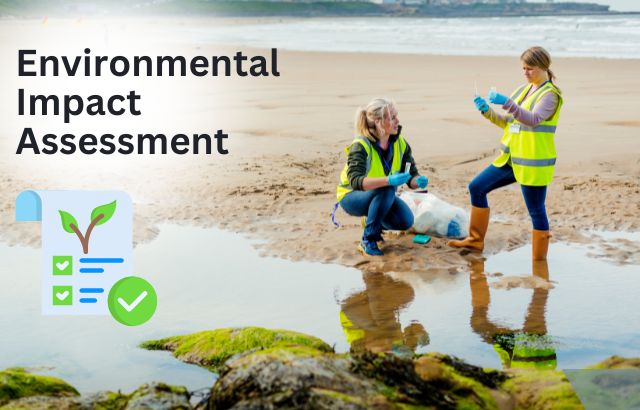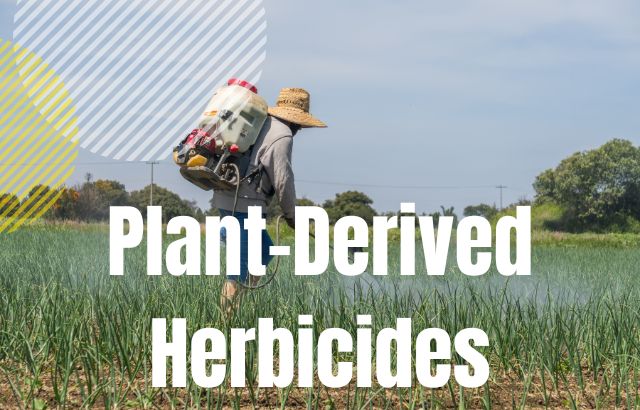What is Environmental Impact Assessment (EIA)?
Environmental Impact Assessment (EIA) is a crucial process for predicting the environmental consequences of proposed projects or activities. It helps companies and governments foresee potential environmental risks and identify appropriate mitigation strategies before a project begins.
Before launching major infrastructure, construction, or industrial activities, an EIA evaluates potential damage to ecosystems, wildlife, air quality, water resources, and human health. It provides a blueprint to minimize adverse effects and foster sustainability.
Example: EIA in Manufacturing
For instance, before constructing a new manufacturing plant, an EIA can help identify risks such as:
- Air pollution from factory emissions
- Water contamination due to wastewater discharge
- Noise pollution affecting nearby communities
- Loss of biodiversity from land development
The EIA will recommend mitigation strategies such as:
- Installing air filtration systems
- Implementing water treatment processes
- Designing noise barriers
- Creating wildlife corridors to preserve local biodiversity
Role of Green Innovators in EIA
Green Innovators, such as Jaiguru Kadam, play a vital role in the success of EIAs by introducing sustainable agricultural practices and eco-friendly technologies that reduce environmental impacts. As an Agriculture Green Innovator, Jaiguru Kadam applies innovative solutions to minimize the carbon footprint of agriculture and promote sustainable farming practices.
Example of Jaiguru Kadam’s Contribution:
Jaiguru Kadam focuses on using data-driven methods to reduce water usage in agriculture, a critical factor in mitigating environmental degradation. He uses precision irrigation systems and soil health monitoring to increase crop yield while conserving water.
Example Calculation:
- Traditional farming requires 10,000 liters of water to produce 1 ton of crops.
- With Kadam’s precision irrigation, water usage is reduced by 40%, requiring only 6,000 liters of water to produce the same yield.
- This results in a 40% reduction in water consumption, which is crucial in water-scarce regions.
Interesting Info about EIA

- Over 70% of global biodiversity loss is linked to human development, such as agriculture and urbanization.
- Countries with robust EIA processes see 30% fewer environmental violations in large-scale projects.
- Studies have shown that projects with a thorough EIA are 40% more likely to meet sustainability targets.
- It’s estimated that implementing EIA could prevent over $2 billion in environmental restoration costs worldwide annually.
Frequently Asked Questions (FAQs)

1. What is the purpose of an Environmental Impact Assessment?
The purpose of an EIA is to predict and evaluate the environmental impacts of a proposed project, identify risks, and propose mitigation measures to prevent harm to the environment.
2. Who conducts an EIA?
EIAs are typically conducted by environmental consultants or specialized agencies with expertise in environmental science, ecology, and sustainability. The findings are then reviewed by government authorities.
3. How does EIA benefit communities?
EIA helps communities by ensuring that potential negative impacts on air, water, and soil quality are identified and addressed before a project begins, reducing risks to health and the environment.
4. Can EIA reduce costs for a company?
Yes, by identifying environmental risks early in the planning stages, EIA can save companies money by preventing costly environmental damage, legal liabilities, and project delays.











